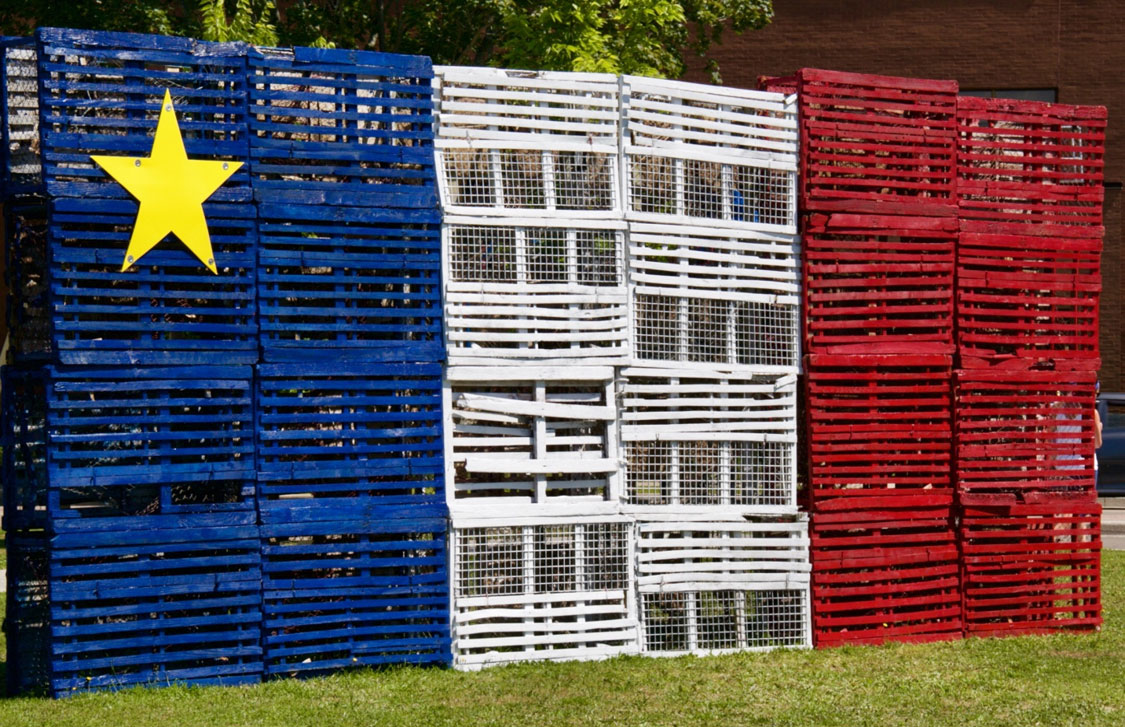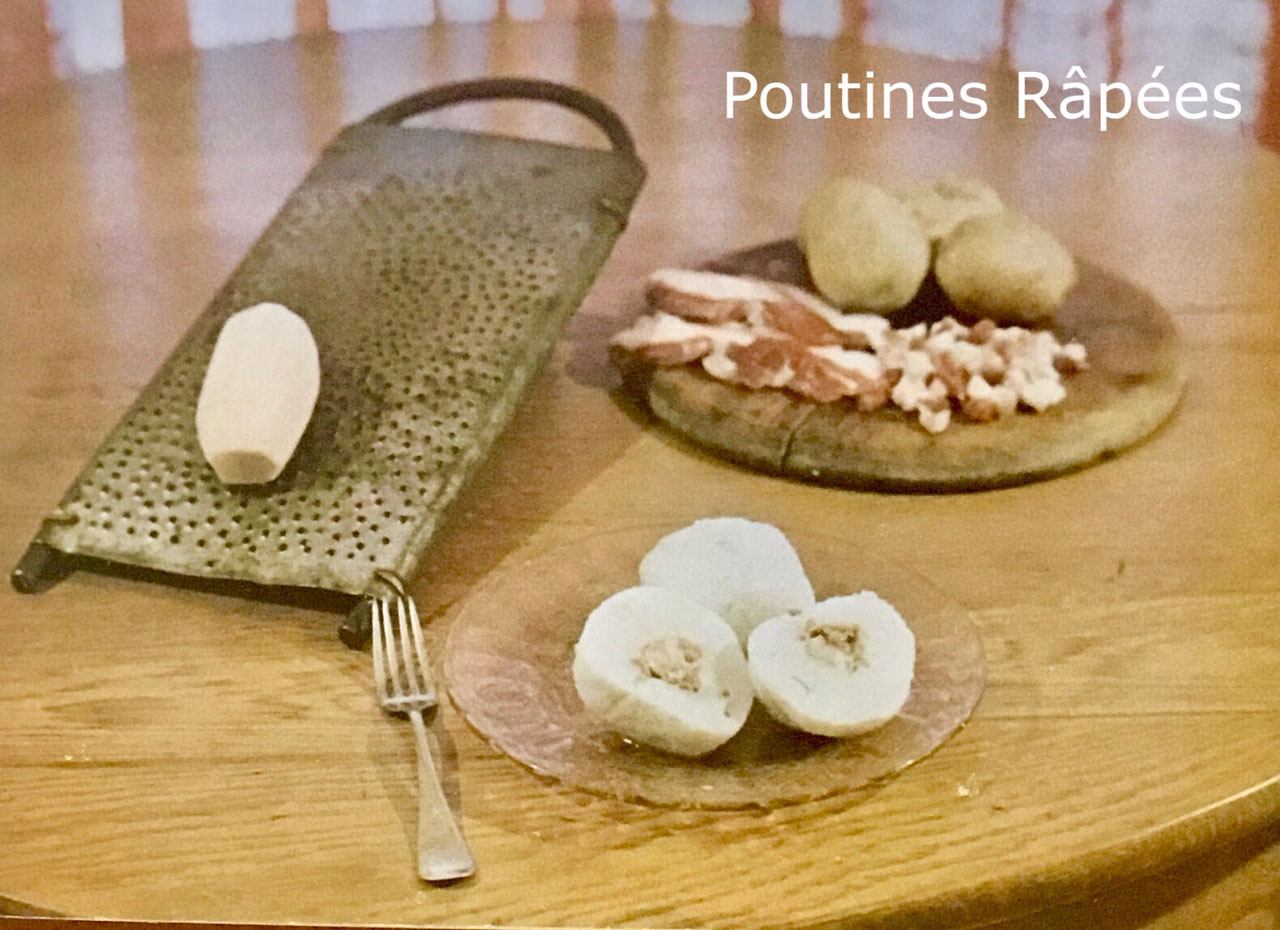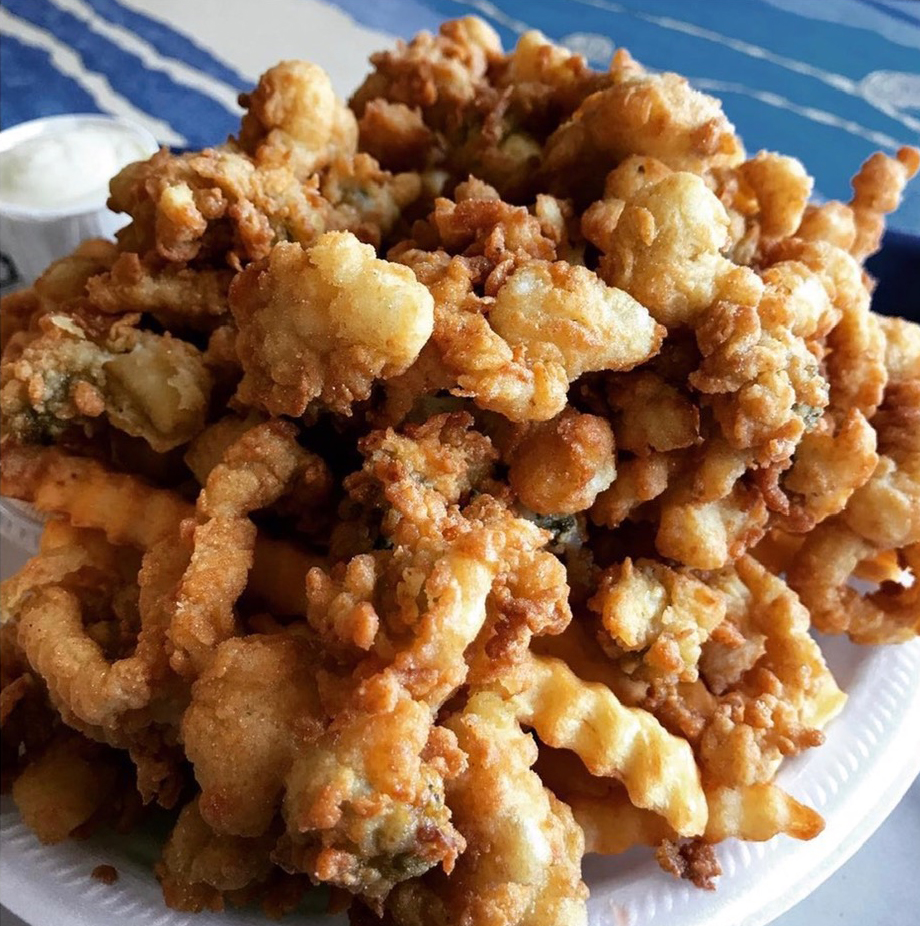Come sample our local Acadian culture

Our Local Acadian Culture
Acadians, well-known for their construction skills, were originally hired to build forts, houses and warehouses for the purpose of replenishing the French troops in Acadia. Supplies coming from France, Québec and the Fortress of Louisbourg were unloaded from schooner ships and warehoused in Shediac. These vital goods were then transported in smaller vessels and by portage via both the Shediac and Scoudouc rivers until they reached the French Fort Beauséjour, located near the present-day border of Nova Scotia.
The first Acadians to permanently settle this region, circa 1798, chose a location known as “La Batture” because of its many oyster beds. This delicacy is still locally cultivated to this day and can be found at our many local restaurants and fish markets.
Shediac is unique in that it was intimately linked to the early stages of all forms of public transportation including roads, railways, passenger/cargo ships, ferries and, later, commercial aviation. Early Acadian settlers took advantage of these many developments, which is why Acadians now make up 75% of the town’s population.
August 15 is known as National Acadian Day, when Acadians proudly celebrate their heritage by participating in various festivities as well as events featuring multiple well-known entertainers.
For more information, check out Experience Shediac.
Experience some of our most popular Acadian foods starting with:

Poutine râpée
This dish made from grated potato is considered a national dish by many residents of the area. It’s also often served in other regions, like Nova Scotia—there, however, it doesn’t contain any meat and is incorporated into stews and other dishes. With its greyish hue and sticky texture, poutine râpée may not always look appetizing at first, but it’s a treasured treat for those who love it!
Ingredients:
½ lb. fatty salted pork
10 potatoes, grated finely
4 potatoes, mashed
Salt and pepper
Water
Preparation:
- Boil the potatoes to be mashed. Meanwhile, grate the remaining potatoes very finely and then extract as much water as possible from them by pressing them in a cloth.
- Mix the grated potatoes into the mashed potatoes. Add salt and pepper to taste.
- Dice the pork after desalting it ahead of time.
- Form the potato mixture into balls resembling snowballs.
- Poke a hole in the centre of each ball with a finger, insert a tablespoon of meat, and then carefully close the hole. Dust lightly with flour.
- Gently place the potato balls, two or three at a time, in a large pot of boiling, lightly salted water. Important: keep the water boiling throughout this process.
- Continue cooking for 2 to 3 hours.
- Serve hot with salt and pepper or as a dessert with sugar or molasses.
Makes 6 poutines.
Variants: In Chéticamp, people make a similar grated potato dish called Cochon en sac (“pig in a poke”). To the grated potato, they add salt, baking powder and flour and then steam as one large mass in a large cotton bag. Serve with molasses or sugar.
Poutines râpées can also be sliced and browned on the stovetop in fat or butter.

Coquilles Saint-Jacques
Scallops get the royal treatment in this recipe where they are prepared in a creamy wine sauce with potatoes.
Ingredients:
Potato purée
2 c. potatoes, peeled and cubed
2 tbsp. butter
About 2 tbsp. milk
Salt and pepper
Scallop topping
2 shallots, thinly sliced
2 tbsp. butter
2 tbsp. flour
½ c. milk
¼ c. white wine
¾ lb. small scallops, drained
1 c. Gruyère cheese, grated
Preparation:
Potato purée:
Cook the potatoes in a pot of salted water until tender. Drain. Add the butter and coarsely mash the potatoes using a hand masher. Add the milk and purée the potato mixture using an electric mixer until smooth. Add a little more milk as needed. Adjust the seasoning. Set aside in a pastry bag fitted with a large fluted tip.
Place the oven rack in the centre position. Preheat oven to 450°F.
Scallop topping:
In a pan, cook the shallots in butter until softened. Add the flour and continue cooking for 1 minute while stirring. Add the milk and wine and bring to a boil while whisking the mixture. Continue cooking for 1 minute. Remove from heat. Add salt and pepper. Add the scallops and 125 mL (½ c.) of cheese. Distribute the scallop mixture among 4 shells or small gratin dishes. Garnish the outside of the shells with the potato purée. Sprinkle with remaining cheese. Bake for about 25 minutes or until golden brown.

Fried Clams
You will be happy as a clam when you try this dish! With Shediac’s abundance of fresh seafood, there’s no better place to dig into some battered fried clams while on a road trip along the coast.
Ready in: 11 minutes
Servings: 2-4
Ingredients:
125ml milk
1 Egg yolk
15ml Butter, melted and cooled
1.25ml Salt
125ml All-purpose Flour
1 Egg white
500ml Shelled clams, rinsed and drained well
Oil (For frying)
Directions
In a medium size bowl, mix together milk, egg yolk, butter and salt. Sift the flour into the milk mixture, stirring until smooth. In a small, chilled bowl, beat the egg white with an electric mixer until soft peaks form. (For best results: refrigerate bowl, mixer blade and egg white prior to mixing) fold the beaten egg white into the milk mixture.
In a large saucepan or deep fryer, heat oil to 375 degrees. Prick each clam with a fork. Dip clams into the batter. Fry a few at a time for about 1 and 1/2 minutes or until golden brown, turning once. remove with a slotted spoon, drain on paper towels or on brown paper bags. Keep warm in a 300 degree oven while frying the remaining clams.
Attempt some of these recipes yourself or come experience these famous Acadian dishes in one of the following local restaurants. For more information, consult our Front Desk Personnel or our Room Directory located on this website.
- Menu Acadian Shediac
- Restaurant Chez Léo, Shediac Bridge
- Auberge Gabrièle Restaurant, Shediac
- Restaurant Paturel, Grand Barachois
A sample of our many local dialects
Did you know that some southern New Brunswick Acadians communities speak a distinctive language known as Chiac? This regional dialect has some similarities to the Cajun language and is a mixture of old Acadian French combined with English and French words.

